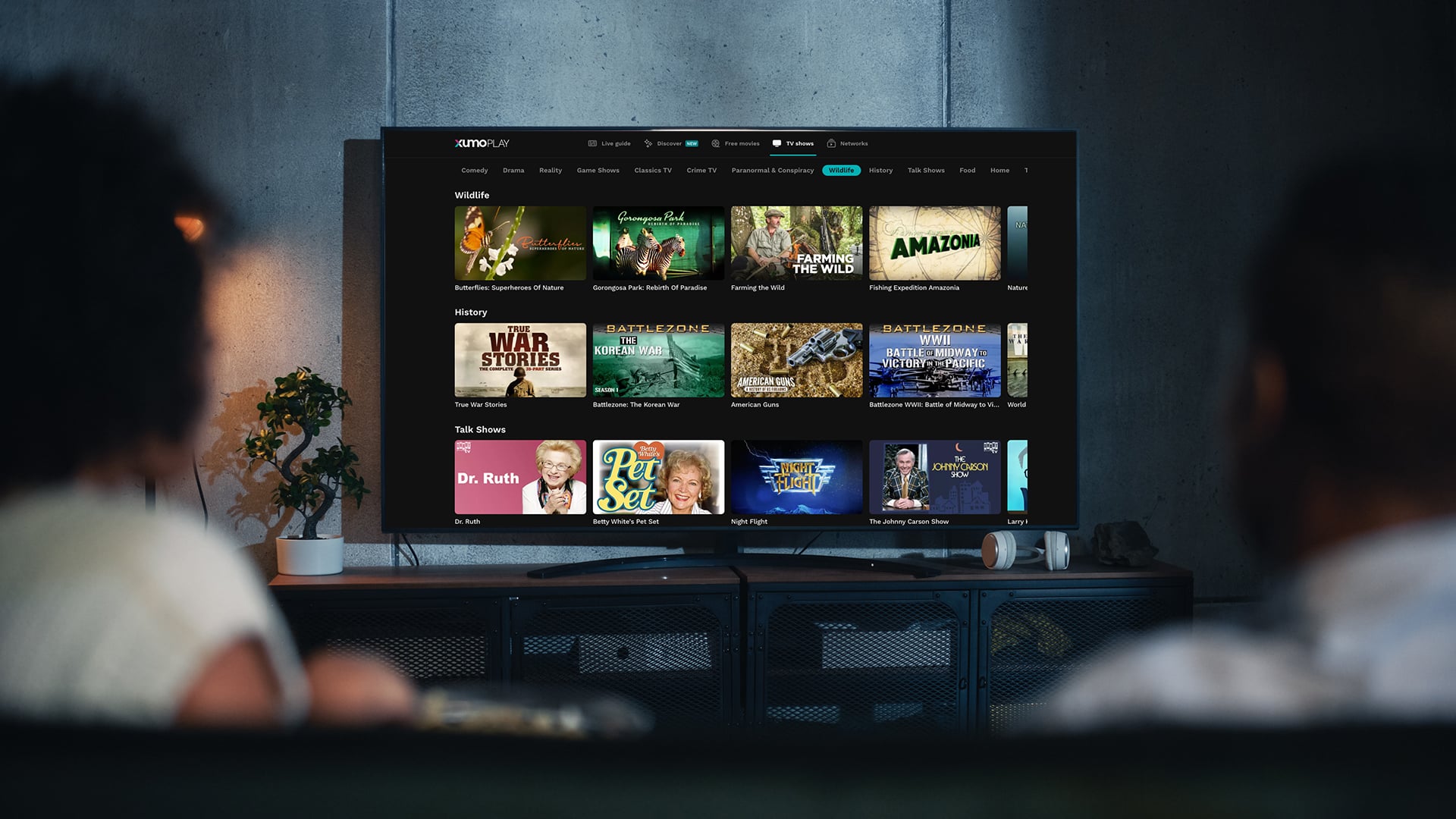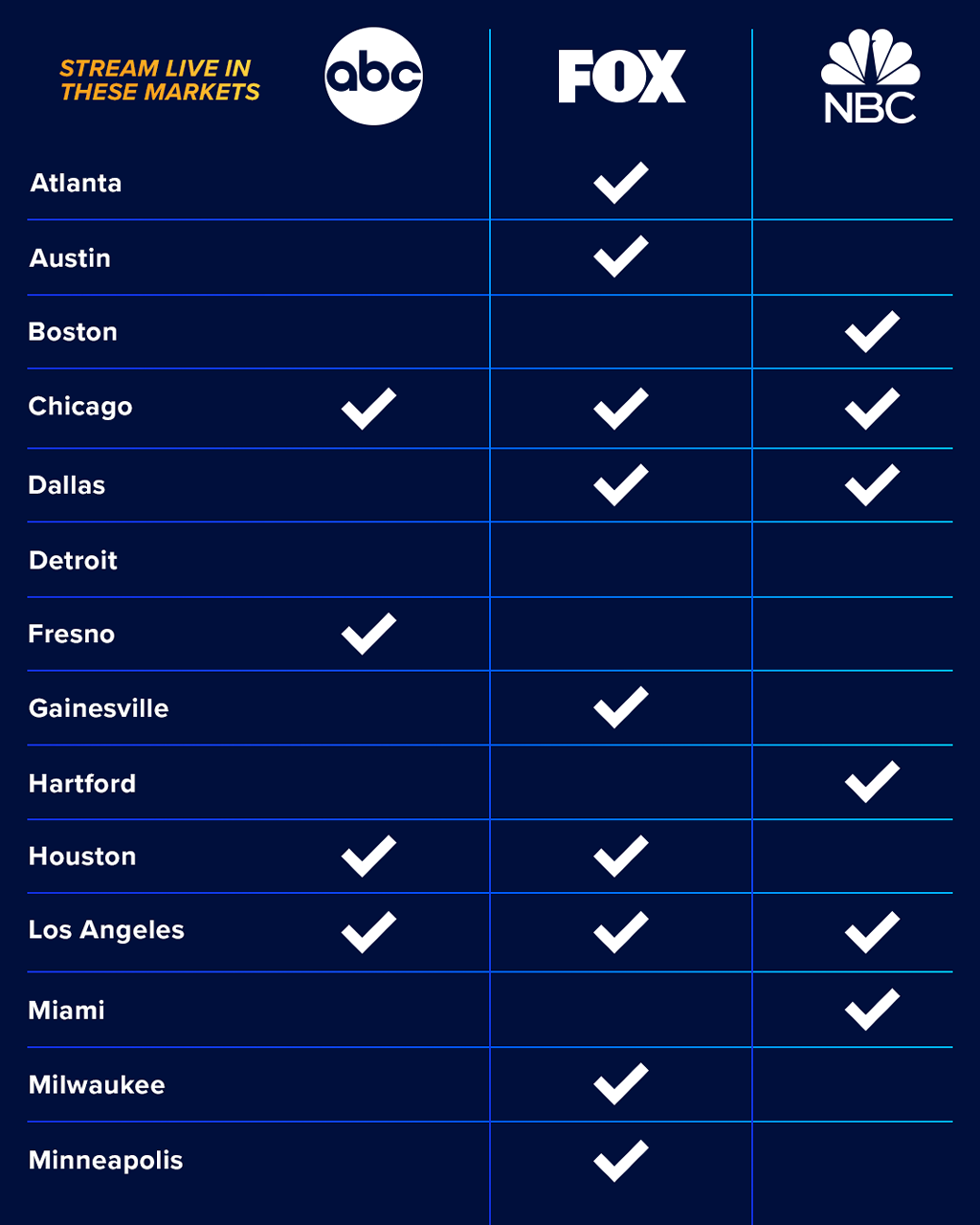Apollo Group Tv Fundamentals Explained
Apollo Group Tv Fundamentals Explained
Blog Article
Some Known Facts About Apollo Group Tv.
Table of ContentsThe Best Guide To Apollo Group TvThe Only Guide to Apollo Group Tv5 Easy Facts About Apollo Group Tv DescribedWhat Does Apollo Group Tv Mean?
In this situation, instead than having three-minute commercial places during a 30-minute tv program, TV programming may transform to one where a customer will certainly be needed to have a month-to-month membership, so that they cen sight targeted banner ads. This kind of advertising and marketing already occurs on the web, and the quantity of information tv firms collect allows them to do a lot the exact same.Discuss the influence of sponsors on program web content. Define the major trends amongst the broadcasting and wire networks. When tv remained in its infancy, producers designed the brand-new medium on radio. Popular radio shows such as police drama Dragnet and western cowboy collection Gunsmoke were adjusted for tv, and new TV programs were funded by single advertisers, equally as radio programs had actually been.
Today, the tv sector is much more complicated. Programs are funded by numerous advertisers; programs is controlled by major media empires; and the 3 major networks no longer dominate the airwaves yet rather share their visitors with countless cord channels. Numerous aspects make up these patterns within the industry, including technical growths, federal government guidelines, and the development of brand-new networks.

About Apollo Group Tv
Also public television has actually ended up being subject to the impact of advertising. Developed in 1969, (PBS) established out of a record by the Carnegie Compensation on Educational Television, which examined the duty of academic, noncommercial television on culture. The report recommended that the federal government financing public tv in order to supply diversity of programs during the network eraa solution produced "not to sell products" but to "enhance citizenship and civil service (McCauley, 2003)." Public tv was additionally meant to offer global access to tv for audiences in country areas or viewers that could not afford to pay for exclusive tv solutions.
The duration between 1950 and 1970 is historically acknowledged as the. Other than a small part of airtime regulated by public tv, the three major networks (understood as the Big 3) dominated the television market, jointly accounting for more than 95 percent of prime-time watching. In 1986, Rupert Murdoch, the head of international firm News Corp, released the Fox network, testing the prominence of the Big Three.
Targeting young and minority audiences with shows such as Buffy the Vampire Killer, Moesha, Dawson's Creek, and The Wayans Bros., the brand-new networks wished to draw stations away from their old network associations. However, instead of duplicating the success of Fox, UPN and WB struggled to make an effect. Unable to attract several affiliate terminals, both fledgling networks reached less houses than their larger opponents since they were unobtainable in some smaller cities.
This decision led the means for the useful reference growth of cord movie networks, contributing to the rapid growth of cable television in the 1980s and 1990s. apollo group tv. Further deregulation of cord in the 1984 Wire Communications Plan Act eliminated limitations on cable rates, making it possible for drivers to bill what they wanted for cable solutions as long as there worked competitors to the service (a standard that over 90 percent of all wire markets might meet)
The 2-Minute Rule for Apollo Group Tv

Having created the very first "superstation," Turner increased his realm by founding 24-hour information network CNN in 1980. At the end of the year, 28 nationwide programming services were offered, and the cord change had begun. Over the next years, the industry undertook a duration of quick development and appeal, and by 1994 viewers could select from 94 basic and 20 premium cable television services.
Figure 9 - https://share.evernote.com/note/b8a5e734-4a09-8009-0069-6a90e1bbb7f0.16 Increased competitors from cable networks has actually caused a constant decline in the networks' target market ratings. Throughout the 1950s, the cost of creating a solitary television show raised as programs ended up being longer and manufacturing prices rose. Sponsorship on network tv shifted from single sponsorship, in which a program was entirely sustained and produced by one marketer, to multiple sponsorship, in which marketers got 1- or 2-minute areas on the show
Choose one of the Big Four networks and print out its weekly programming schedule. Watch the network's prime-time programs over the course of a week, noting the target demographic for each show.
About Apollo Group Tv

Straight television, frequently referred to as typical broadcast TV, incorporates cable television and satellite tv. It's called "linear" due to the fact that material follows an established programs schedule, unlike on-demand content which the individual audience makes a decision to enjoy based upon their very own choices and routine. When you ask, "What is linear TV?", consider it as the timeless means of watching TV that has been around for decades.
Report this page